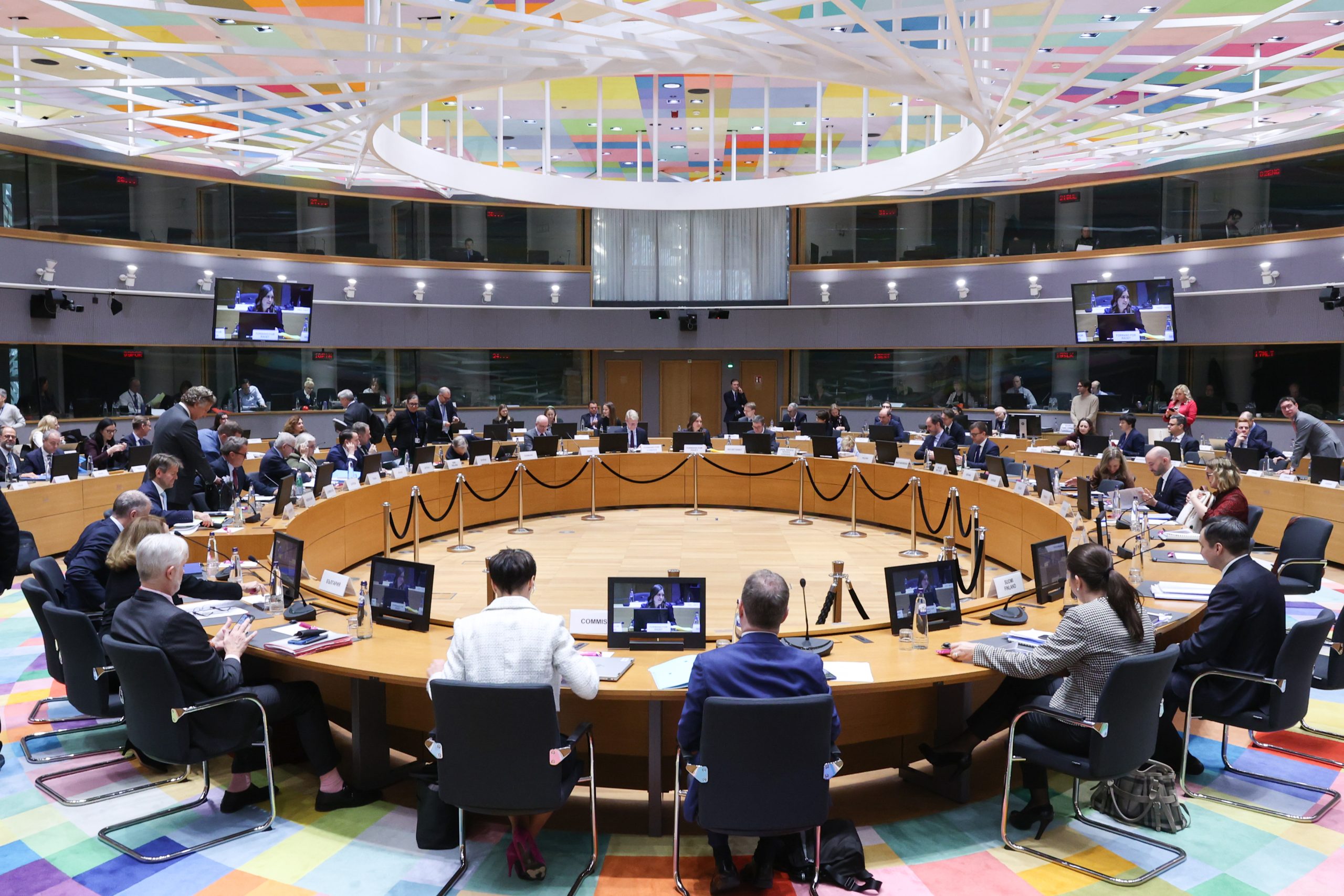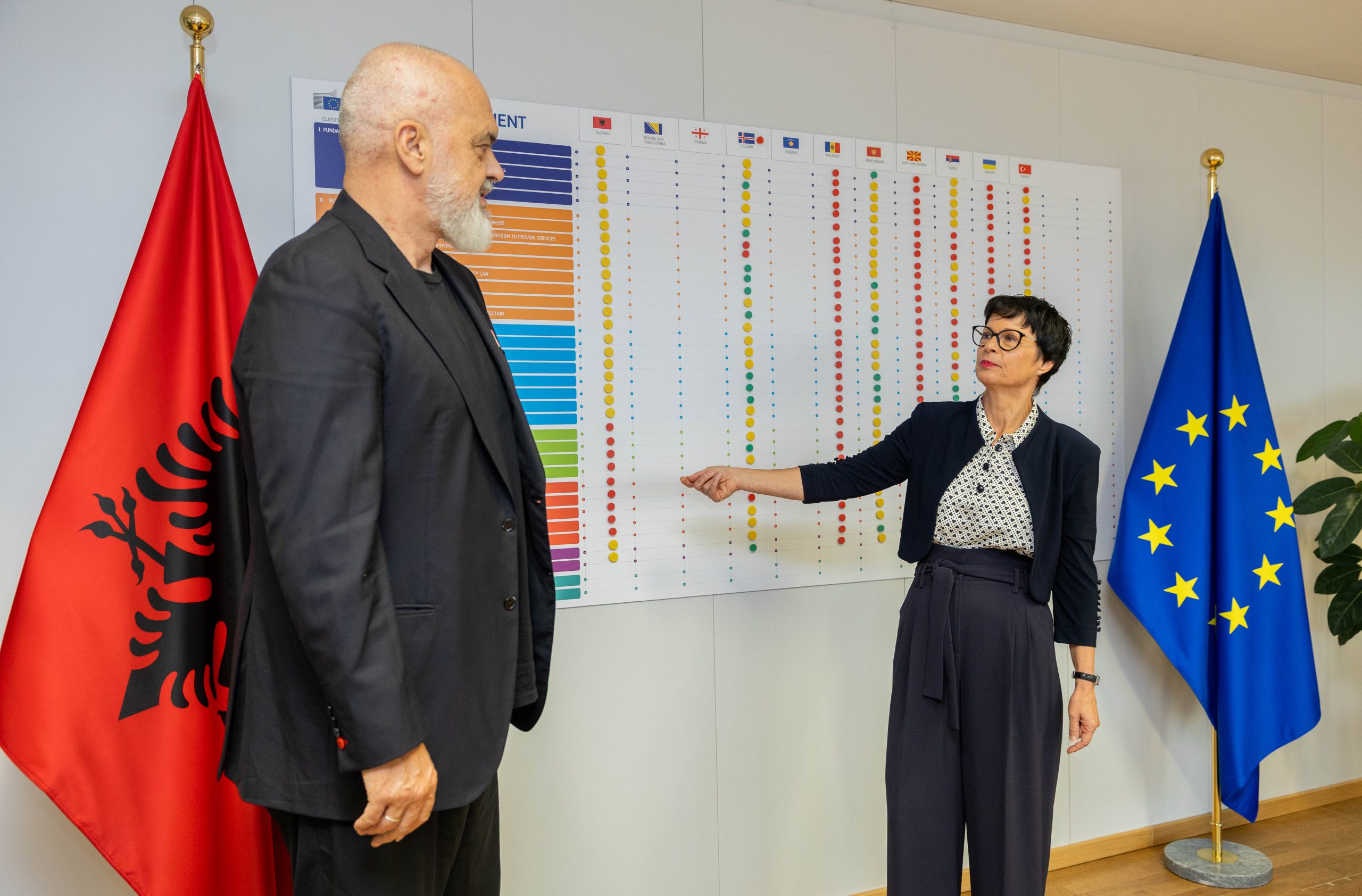Regional cooperation constitutes a cornerstone of European Union (EU) policy towards the South East Europe Six region. Initiated in mid ‘90s, the regional approach encouraged by the EU was meant to serve as an impetus for the Euro-Atlantic integration of the region. Gradually its focus has shifted from reconciliation and good neighbourly relations towards sector cooperation in connectivity, economic growth, social, culture, security, etc.
The number of regional cooperation initiatives has increased over time reflecting the political momentum, political will and the leadership of the SEE6 elites. Many regional platforms, fora, initiatives, networks, processes and regular meetings involving different stakeholders, have been set up. The international backing from EU and US for those initiatives has been translated in much needed financing and political support.
While designing the Observatory of Regional Cooperation, the first challenge that we met was to define what an Regional Cooperation Initiative (RCI) is. At least three conditions should be fulfilled: should involve at least members from two SEE6 countries (except bilateral agreements), to not be limited in time, and to have its own good governance mechanism.
The profile RCI in SEE6
Deciding to count as active only RCI that have been active since January 2019, we counted 57 of them. Out of those seven operate in the areas of economy, 12 in social sector, 14 in internal affairs, six in political cooperation and diplomacy, and nine are multi-area. The majority (56%), have an inter-governmental nature but RCI set up by NGO (business, academia, CSO, etc) have been gathering pace lately. Only 18 RCI have their head office in SEE6, 15 do not have a dedicated website, and 39 out of the 57 of RCI currently on operation, were set up after 2003.
Amongst the main findings regarding the evolution of RCI, we can mention a gradual shift of focus from reconciliation and stabilising the region by establishing good neighbourly relations to a case-by-case cooperation endeavour depending on the interest of specific actors, and based on “sector-cooperation”.
This tendency is supported by a growing focus on the SEE6 Enlargement dynamics in selected sectors, mostly through joint policy-making and transposition of EU acquis.
Moreover newly established RCI display more regional ownership moving away from initial donor driven processes. Non-governmental actors – such as business, academia and CSO – have become more active in set up their own regional cooperation structures.
Regarding RCI sustainability and resilience we note that have survived those RCI that produce identifiable added value for its members, have good governance mechanisms in place, are properly endowed in financial resources and personnel, and enjoy the support of key actors such as EU Commission, EU Member States or SEE6 countries, or other supporters.
Some preliminary recommendations
By working together, small countries can leverage their position in the international scene through regional and cross-border cooperation. After reviewing circa 71 RCI in SEE6, we can draw the following conclusions:
The political will of national authorities is key to a successful RCI that involves government partners. But to sustainable the RCI need to be practical and produce tangible benefits for selected actors;
Progress in SEE6 regional cooperation has become a condition and an added value to the process of European integration. This in turn has further bound the SEE6 countries with each other on their way to EU membership;
The avoidance of overlapping and better coordination among RCIs are necessary for an efficient use of available resources;
An RCI assessment based on their relevance and efficiency must be performed to filter out and reorganise the numerous initiatives that exist already. The analysis should start by defining the criteria for assessment. Then it should evaluate their capacity to deliver, their added value, governance structure and mechanisms; and human and financial resources. NGOs – civil society organizations, business federations, trade unions and academia – have a specific role in shaping this process;
A better-designed and transparent monitoring and evaluation system including clearly defined indicators and targets will definitely contribute to the above.
The complete list of 57 RCI and more details about methodology, can be found in the Observatory of Regional Cooperation (ORC). ORC is an open access web-based platform dedicated to the observation, collection of empirical data, analysis and promotion of regional cooperation in the South East Europe. It is supported by the Ministry of Foreign Affairs of Luxembourg.









